Naag Panchami: Exploring the Spiritual Significance Through Sanskrit
Stories (lore) behind Naag Panchami
Nāgas are said to be divine beings that rule the underground (pātāla), born from the third wife of sage Kaśyapa, and are considered step-brothers of gods (devatās).
It is also thought that Nāgas were a tribe that lived during the Indus Valley Civilisation and worshipped snakes. When the Aryans became established in India, some of Nāga traditions were adopted by them, which includes snake worship.
The Pāṇḍavas had performed a snake sacrifice in order to establish their kingdom at Indraprastha. This led to the destruction of the forests, which displaced/killed the serpents (Nāgas). Arjuna’s great-grandson Janamejaya performed the snake sacrifice to take revenge for his father’s death by the Nāga Takṣaka. However, after intervention from Astika, Janamejaya stopped the sacrifice, sparing the Nāgas. This is said to have happened on the day of Nāgapañcamī.
Nāga-pañcamī is celebrated in Nepal in association with the fight between Garuḍa and the great serpent. It is also said that the Kathmandu valley used to be a lake inhabited by Nāgas, which was then settled by humans. This enraged the serpents, so people worshipped them to pacify them.
In parts of southern India, nāgapañcamī is celebrated to give blessings to siblings. Married women usually visit their parents’ homes to celebrate. In parts of Maharashtra, snakes are dug out and fed with milk and rats and then carried in containers to temples. Swings are tied on tree branches for women to swing in the pleasant weather of śrāvaṇa month.

नागाः प्रीयन्तां ये केचित्पृथिवीतले।
Transliteration:
nāgāḥ prīyantāṃ ye kecitpṛthivītale।
Hindi translation:
जो नाग पृथ्वी में रहते हैं, वे सब हम पर
प्रसन्न हो।
English translation:
May all the nāga that live on the earth
be pleased with us.
Source:
भविष्यमहापुराण-ब्राह्मपर्व ३२.३३



Bring Sanskrit home!
ReSanskrit merchandise starting at ₹ 199.
Browse Collection!
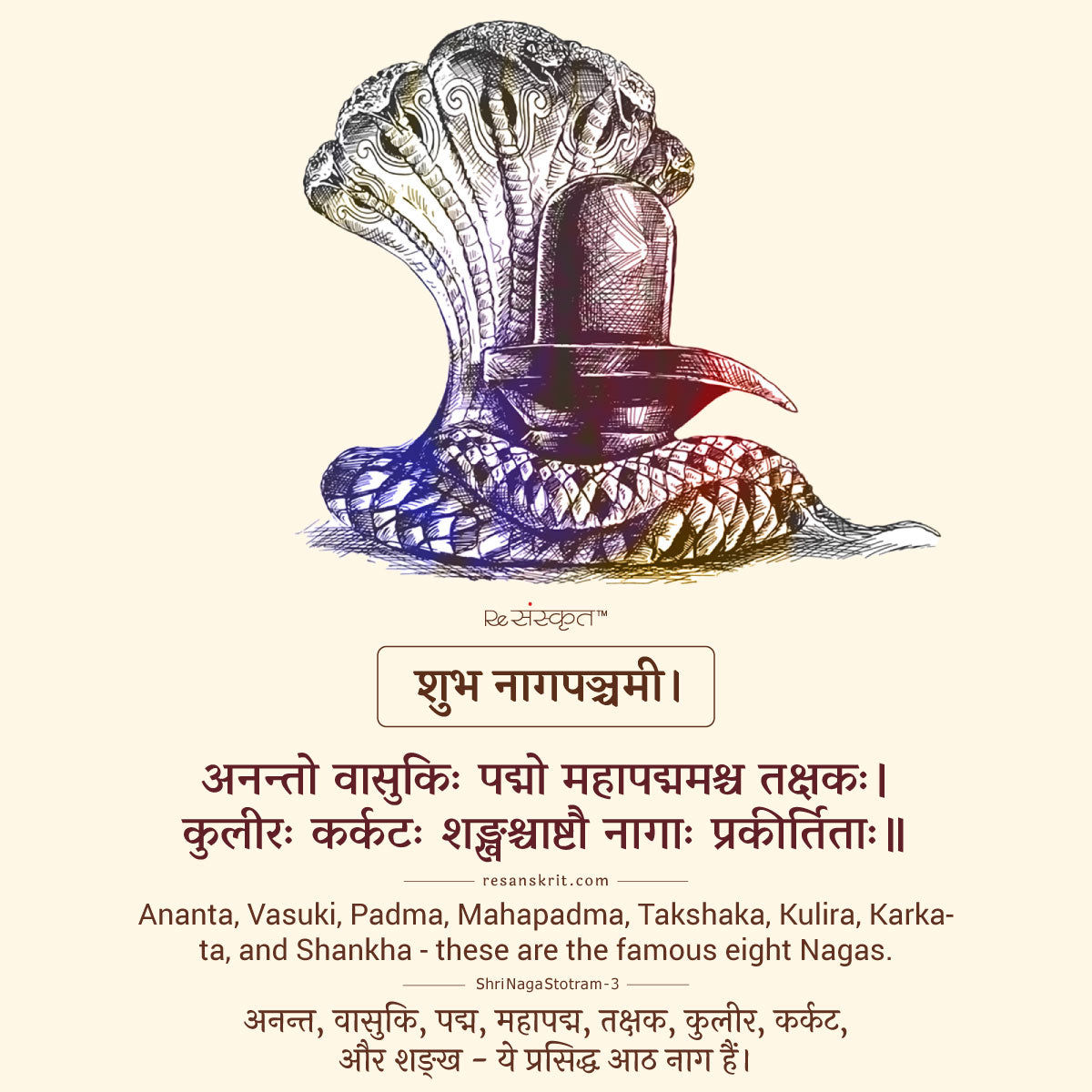
अनन्तो वासुकिः पद्मो महापद्ममश्च तक्षकः।
कुलीरः कर्कटः शङ्खश्चाष्टौ नागाः प्रकीर्तिताः॥
Transliteration:
ananto vāsukiḥ padmo mahāpadmamaśca
takṣakaḥ।
kulīraḥ karkaṭaḥ śaṅkhaścāṣṭau nāgāḥ prakīrtitāḥ॥
Hindi translation:
अनन्त, वासुकि, पद्म, महापद्म, तक्षक,
कुलीर, कर्कट, और शङ्ख—ये प्रसिद्ध आठ नाग हैं।
English translation:
Ananta, Vasuki, Padma, Mahapadma,
Takshaka, Kulira, Karkata, and Shankha—these are the famous eight Nagas.
Source:
Shri Naga Stotram - 3
Here is a short description of each Naag.







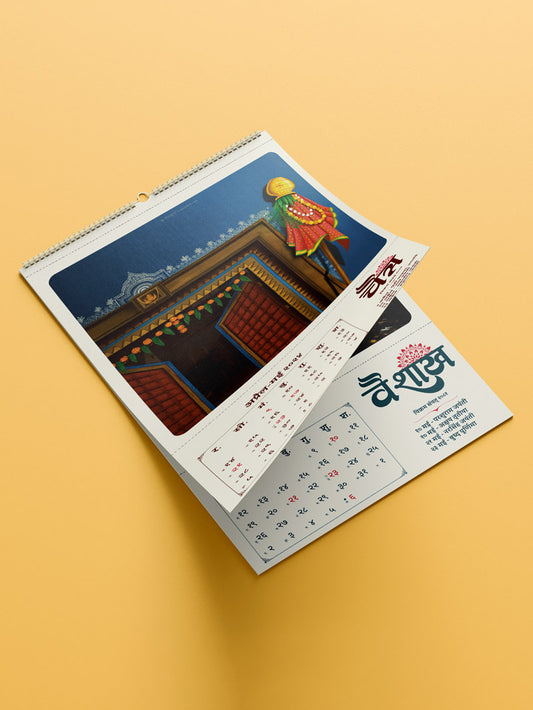
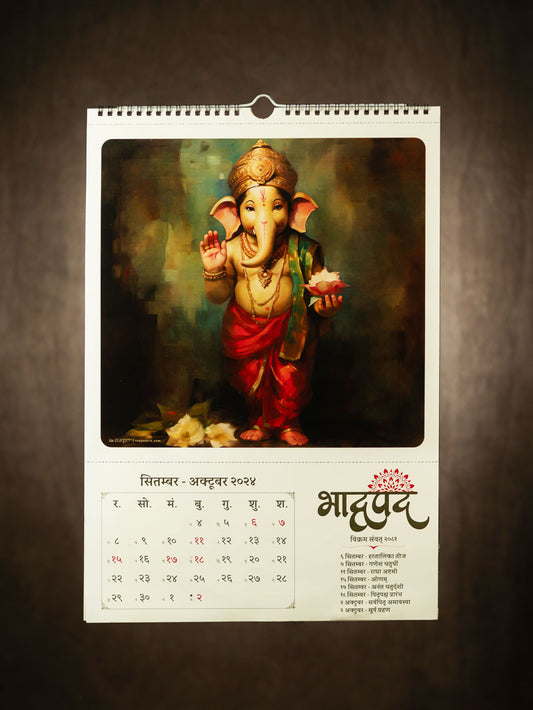
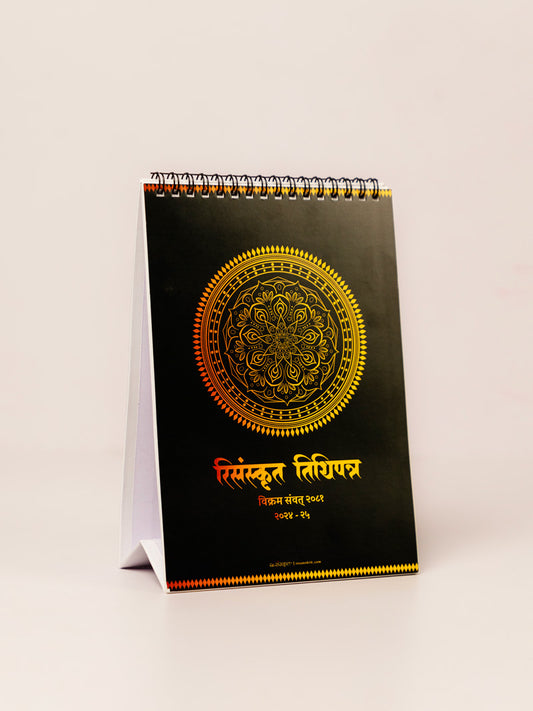
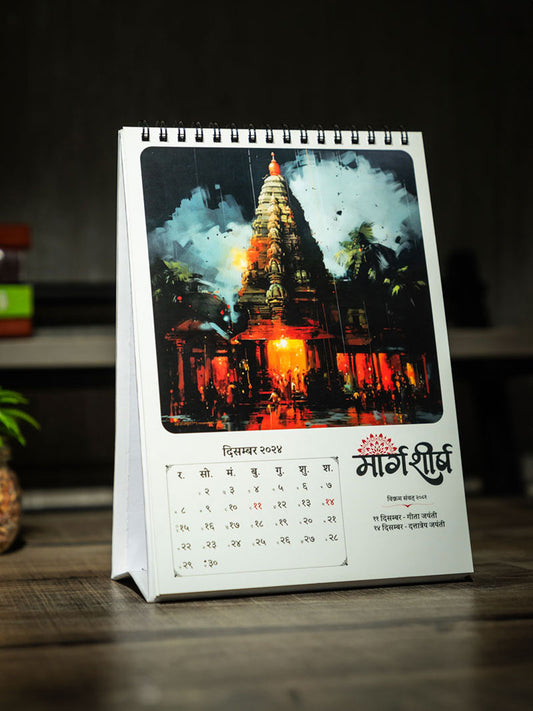



1 comment
Unveil the significance of Naag Panchami through the lens of Sanskrit wisdom. Explore the rich cultural heritage and traditions in this captivating article by Resanskrit.
Leave a comment
Please note, comments need to be approved before they are published.